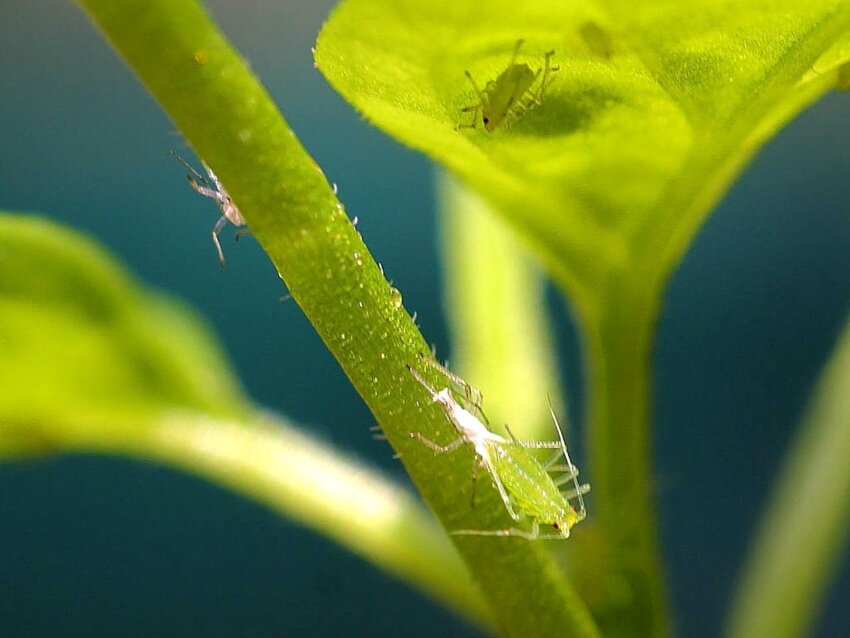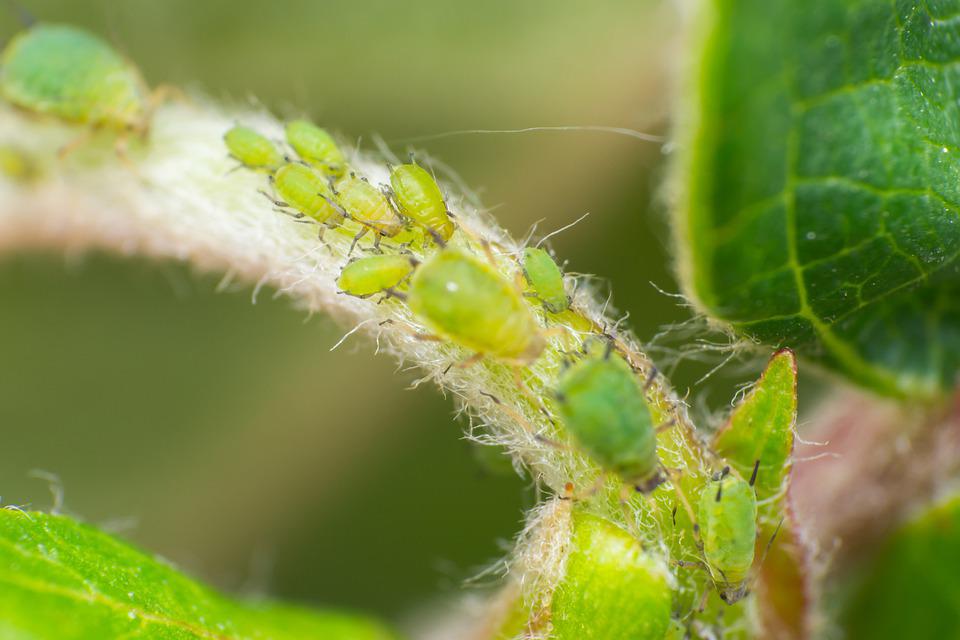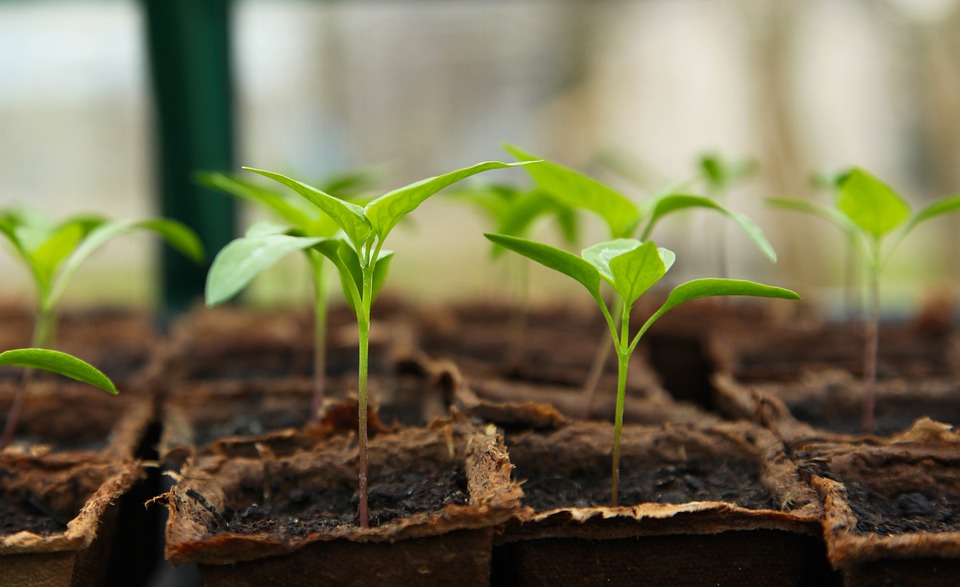How to Get Rid of Aphids
Summary
Focus on the origins of the parasite
Step 1: Use the right equipment to treat aphids
Step 2: Diagnose the presence of aphids
Step 3: Prevent the appearance of aphids
Step 4: Case 1: Use environmentally friendly solutions
Step 4: Case 2: Use chemical insecticides
Aphids are cold-blooded parasitic insects belonging to the Aphidoidae family, often encountered by the amateur gardener in ornamental gardens and vegetable gardens or orchards.
Except in winter, when the cold and the vegetative rest do not allow them to develop, aphids can appear at any time of the year, first in spring from the eggs and then in summer as well as in autumn, which corresponds to their egg-laying period.
Sexual aphids (females with wings) appear in the fall, and their eggs will overwinter until the following spring, when the cycle starts again with the hatching of founding females.
Here is how to fight against aphids.
Focus on the origins of the parasite
In Europe, more than 800 varieties of aphids depend on infested plants. Among the most common are the black aphid, the green aphid, the ash aphid or the woolly aphid, and many others, root aphid, mealy aphid, yellow aphid…
Aphids can attack all parts of plants, from stems to roots, and especially leaves, from which they suck the sap thanks to a unique appendage called the rostrum.
Untreated, they quickly and spectacularly invade the plant thanks to an ultra-fast mode of reproduction, parthenogenesis (from unfertilized eggs as for bees) added to the sexual reproduction.
The damage is mainly aesthetic, but the weakened plants become more sensitive to virus diseases that they can transmit themselves during the “stings” with their rostrum.
Note: Ants on your plant’s branches indicate their existence. Indeed, ants are fond of the honeydew excreted by aphids and practice intensive breeding, in situ, of these parasites.
1. Use the right equipment to treat aphids
To spray your treatment solutions, depending on the surfaces to be treated, you will need to use a small hand pump bottle or a pressure sprayer of varying sizes and carried on your back for the larger ones.
Rinse them thoroughly if you need to use them to spray other products. But it’s best to keep them for that purpose only.
Tips: once prepared, the solutions used do not keep. Renew them at each application. If there is any leftover, do not throw it down the drain.
2. Diagnose the presence of aphids
Aphids are tiny, 1 to 4 mm, and are not always easily visible at the beginning of an infestation, except for the giant green aphids that can be seen on flower buds at the end of the stem as on roses.
The presence of ants should incite you to take a closer look, especially inside the rolled leaves, as in apple trees.
Generally speaking, you will observe deformations of the leaves, which turn yellow, dry up, blisters, and cracks of the bark or the affected roots.
At the same time, the honeydew discharge gives a sticky touch and often leads to the appearance of aphids and ants.
3. Preventing the appearance of aphids

In general, keeping your plants healthy will increase their resistance to aphids.
The use of chemical fertilizers encourages the appearance of aphids. Use them sparingly, or use compost or decomposed organic fertilizers instead.
At the end of winter, before the carpenter branches leave, coat the trunk of fruit trees or other shrubs with a glue belt at least 10 cm wide with glue strips or glue in pots. This will prevent the ants that breed the aphids from entering the tree.
Be careful: when they are numerous, the ants stick to the glue and can form bridges of corpses. It is, therefore, necessary to reglue regularly in these cases.
Glue is available in jars to be spread with a spatula or in impregnated strips ready to apply.
Encourage the presence of natural predators of aphids such as ladybugs, hoverflies, and wasps.
Plant plants in your garden that are known to repel aphids, such as marigolds, lavender, mint, thyme, wormwood, savory, and rue… next to your threatened crops.
Or, on the contrary, lure them away with nasturtiums which they are fond of and will allow you to trap them.
4. Case 1: Treat with eco-friendly solutions
It is possible to choose treatments that respect the ecosystem or are non-toxic to the environment.
Three basic principles:
These treatments should be applied as soon as possible before the aphid attack develops too much.
These treatments all have some effectiveness in controlling aphids. If one is insufficient, you can combine it with others and use repellent plants to add to the effects.
Be careful: what is natural is not necessarily harmless. The example of the ban on rotenone is there to remind us.
Here are the different solutions to adopt for an ecological fight:
Introduce ladybugs or, even better, their larvae in aphid colonies after having eliminated the ants. You can now find them quite easily on sale in the shops, as this method is widely used by professionals maintaining green spaces.
They are also available ready to use in the shops. However, do not use tobacco or pyrethrum macerations that are too active on other insects. Spray classic homemade insecticide solutions such as nettle, street manure, and tenesia decoction…
To treat small infested areas, spray with soapy water: dilute a tablespoon of liquid soap, with or without a tablespoon of vegetable oil, in 1 L of warm water.
4. Case 2: Treat with chemical insecticides
If, however, you decide to use more radical treatments, follow these three basic rules:
Limit as much as possible, in space and in time, the use of chemical products that destroy the ecosystem essential to the natural fight against diseases or pests:
Please do not use them during the plant’s flowering period under penalty of killing bees and other melliferous insects.
Toxic also for humans, they are most often persistent: they take a long time to be eliminated.
Choose products based on pyrethrins, deltamethrin, or other pyrethroids that are only toxic to cold-blooded animals, such as aphids (including fish):
Choose a contact insecticide if aphids are visible.
If they are, as is often the case, hidden in folds or curls of leaves, use a systemic insecticide that will be carried by the sap and thus poison the aphid wherever it is when feeding.
Avoid using multi-purpose insecticides that combine a product with a shock effect (immediate) and another with prolonged action. Their use prolongs their harmful impact on the environment.
Note: some products on the market combine the two modes of activity. In all cases, read the precautions for use carefully before using them.






2 Comments
[…] Aphids are the main pests of the climbing rose. They congregate on young shoots and buds, where the plant tissue is most tender. Although flowering may suffer, aphids will never kill such a rose because they are much more vigorous and resistant than “small” roses. Simply letting ladybug larvae and other aphid predators do their thing will decimate these unwanted invaders. […]
[…] – Against aphids (including the woolly aphid, which is very difficult to control with chemical insecticides) and mealy bug: […]